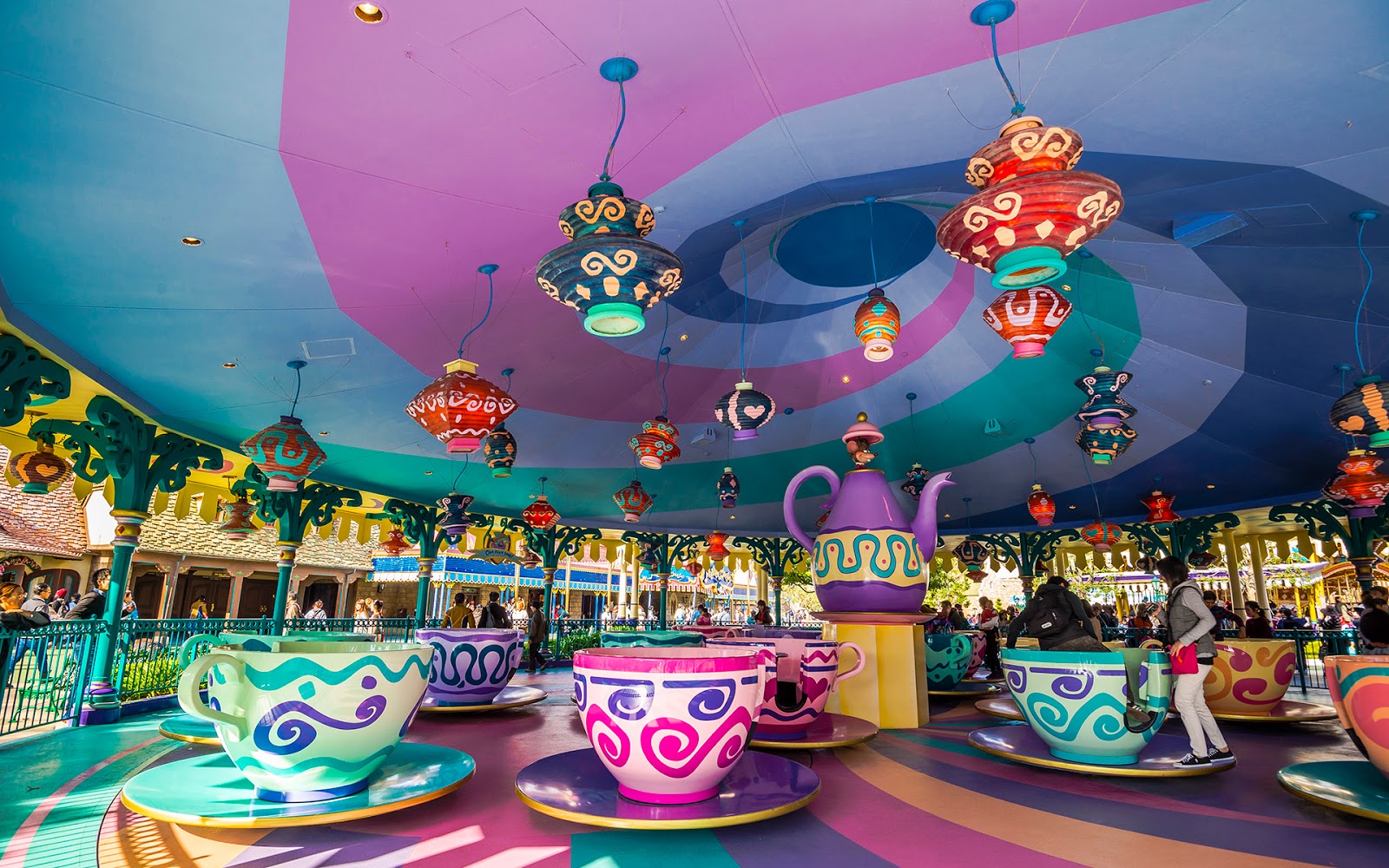

Many voodoo queens became respected religious leaders. In Louisiana, vodun became voodoo, the name by which these spiritual practices have since become known. Their spiritual practice connected their communities and ancestors to spirits, called orishas by the Yoruba people and vodun by the Fon. In French and Spanish colonial Louisiana, enslaved Africans brought their culture with them–Mande, Ibo, Yoruba, among others.

Today you can find this area in Louis Armstrong Park, which is fitting, since you can draw a line from the role Congo Square played in preserving African culture and the formation of jazz and other important forms of American music originating from New Orleans. In New Orleans, enslaved Black people gathered in a space that became known as Congo Square, just beyond the edge of the city. When the Spanish came to power in 1763, they relaxed restrictions even more, allowing enslaved people to sell their goods and earn money to buy their and their families’ freedom.

People of African descent were allowed to congregate, which allowed them to maintain many aspects of their African cultures.
Black light color party new orleans code#
The French instituted their Code Noir in 1724, which gave people who were enslaved a “day of rest” on Sundays. As a French (and later Spanish) colony, the rules that governed the behavior of enslaved people were different from other places in North America. New Orleans became a major hub of the slave trade.
Black light color party new orleans how to#
The only successful crop in the first years was rice, which the enslaved West African farmers in the colony knew how to cultivate based on the expertise they developed back home.Īs plantations expanded along the river, more and more Africans were kidnapped and trafficked to the Americas. The colonists would have starved if it weren't for African labor and technology. Although Europeans chose the spot to establish the city of New Orleans in 1718, they lacked the skills and technology to survive in the unfamiliar environment. You should know their stories.Ĭonsider this a brief, non-comprehensive overview to give you some entry points for further exploration and hopefully get you interested in learning more from local elders, historical documents, and written histories.įrom its incursion as a French colony on land used by indigenous peoples, this city has depended on Black people for its existence. Nearly everything about this city that put it on the map is the work of Black people. New Orleans is a city rooted in Blackness. With the education of New Orleans’ Black students in the hands of so many white people from somewhere else, the future of New Orleans is on the line. And when powerful stories of resistance, ingenuity, and solidarity aren’t told, we risk losing the power they have to inspire subsequent generations. Because many histories in New Orleans are passed down orally, they often aren’t captured in textbooks or assessed on standardized tests. In fact, history may be the most powerful force, because the stories we know shape how we view every other aspect of the culture. In New Orleans, history is just as vital an element in the city’s culture as food, music, architecture, spirituality, and celebration.

UCSB Center for Black Studies Research, 2016 But it is even more important to learn about and from the collective intelligence developed through Black struggle over generations.” It is important to learn what Black people have done. “It is important to learn what has been done to Black people. Some New Orleans Black History You Should Know


 0 kommentar(er)
0 kommentar(er)
